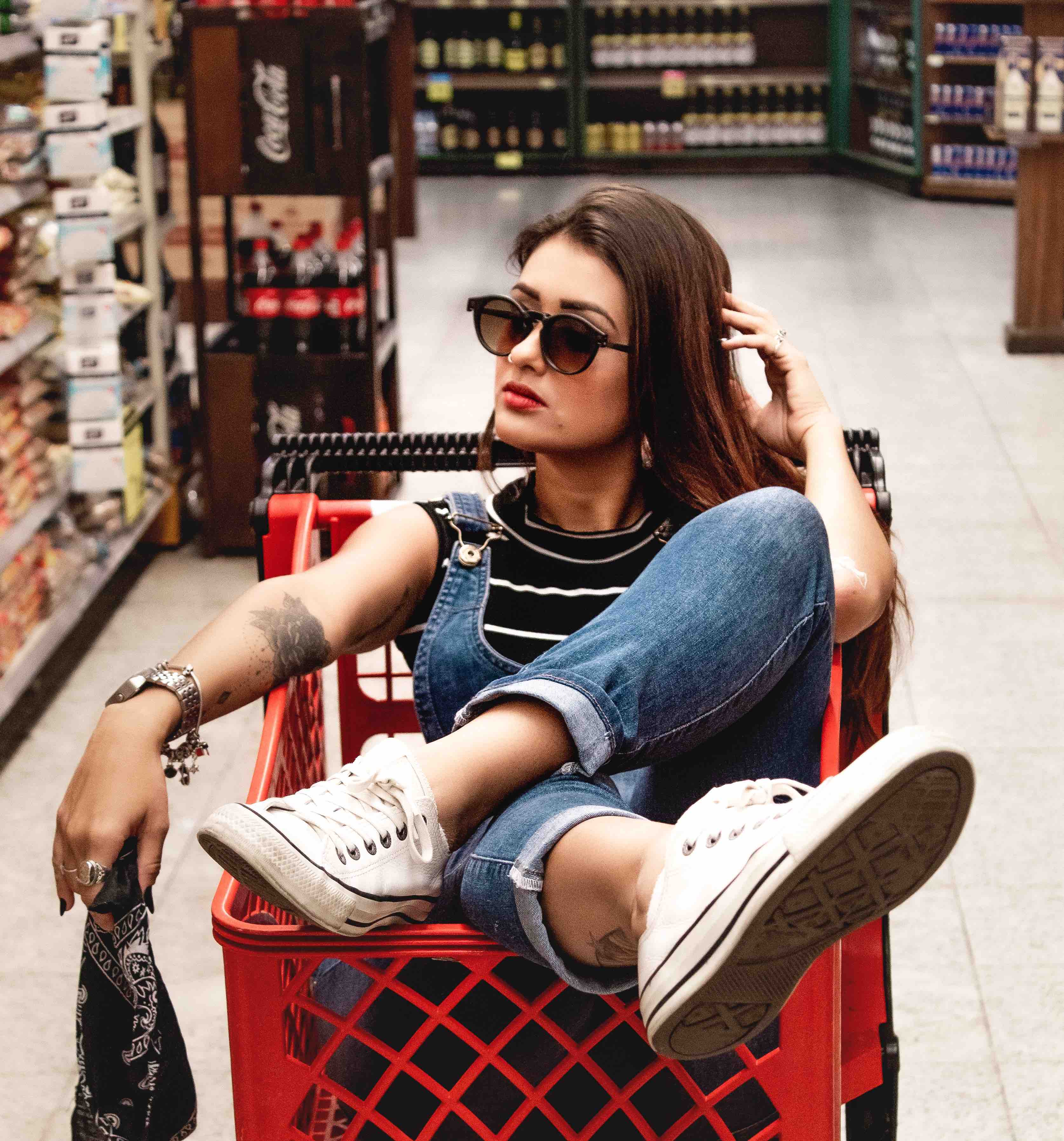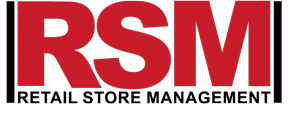
As Shoppers, We Are Rationally Irrational
We are all shoppers, and we like to make good shopping decisions. We want to believe that our shopping choices and outcomes are rational. Unfortunately, they are not always. We want to believe that the more information and the more product choices we have, the better the decision we are able to make. But this not always the case. Too many choices and too much information have been shown
to work to our detriment. Given too many choices and too much information about a particular product category leads to information overload and decision paralysis. The consequent effect is that we may end up making a non-optimal decision, we postpone the buying decision, or make no decisions at all. This was demonstrated vividly by Barry Schwartz in his bestselling book, The Paradox of Choice. In retail shopping, whether offline or online, the decisions we make are usually context-based. Three contexts influence our shopping behavior; namely, the shopping environment, our emotional state, and the effect of other people on us at the point of decision-making. To make a rational decision, for instance, we need to know the complete effect of the decision we make now and its consequences for the future. For instance, the rational future effect of smoking cigarettes on our health, when we consume lots of it now. We need to rationally evaluate the effect of every purchase and consumption decisions we make now on our capacity to repay our credit card debts in the future. As humans, the rationality of the decisions we make are bounded by or limited by the information at our disposal, the cognitive limitations of our minds, and the finite amount of time we have to make decisions. As a retail entrepreneur, you should tap into the irrationality of the shopper decision-making process in creating the product assortments decisions for your retail stores. There are many reasons for this. For one thing, you need to help your shoppers minimize the amount of mental energy they expend in the choices they make. You need to help them minimize buyer-remorse. You need to make them feel that, given the buying circumstance at the time of purchase, they made the best possible decision. And so, what decision-making knowledge will aid you in managing the rationally irrational decisions of your customers? Here are some of them that can help:
Loss Aversion
In behavioral economics, multiple research has established that a shopper will find the loss of $10 more painful than the gain of $20. For instance, the loss of $20 cash is less painful than the loss of your $10 bus-pass at the point of boarding a bus for your trip. We are hard-wired for loss aversion. In most instance, we will typically go to great length to avoid the loss of $10 than the gain of $20. As a retailer, you should employ this fear of loss by offering more promotional offers as bundles than as single products. A shopper may, for instance, desire only one jar of jam on her shopping list. However, a bundle offer that says, “buy 2 jars and get 1 jar free”, will more likely elicit the acceptance of the offer on account of loss aversion, though the customer may not necessarily need 3 jars of same jam. A more common variant of irrational customer behavior is shown when you post, “buy one, get one free” on a particular promotion item. This is the same as giving your customers a 50 percent discount on a bundle of two. But behaviourally, the consumer will focus on the word “free”. The cost differential may not be very much, but the fear of losing that “free” extra product is the primary purchase-motivator. We all have a fear of loss. The fear of loss is the primary motivator in the shoppers' decision-making process of accepting your bundle of a promotional offer. A free trial is another variant of loss aversion. A “30-free trial” is more likely to result in a purchase decision at the expiration of the 30-day free trial. Having acquired the product on offer for free for a 30-day trial period, the fear of loss would more likely motivate a purchase decision.
Framing effect
In behavioral economics, framing is a cognitive bias where an offer is framed either in positive or negative terms. When a risk is presented as positive, the effect is less persuasive than when the same risk is presented as negative. Shoppers are highly perceptive to words and phrases and the context in which they are used. Take a weight loss product for instance. Product A is framed as “90 percent fat-free”. Product B is framed as “10 percent fat content”. Product A will appeal more to weight-conscious consumers and will be patronized more than product B. The two options are the same. They both contain 10 percent fat but they are framed differently. There is no logically rational reason to prefer product A, if the fat content is the sole option-decider, except that it is framed differently. Framing matters. As consumers, we are all rationally irrational. Most of our routine day-to-day decisions are not subjected to in-depth analysis. If we have to logically analyze every decision we make, we would suffer from analysis paralysis, and can’t make decisions at all. Not even routine decisions.
In your advertising copy, emphasize what your customers will gain by buying from your store. Show what they stand to lose by taking their patronage elsewhere. For instance, consider offering some products with a “no-questions-asked” full refund policy. Compare your loss aversion option to the less attractive refund policy of your competitors. In another instance, give your customers the option of a 12-month instalment payment of say $53 per month for a $600 smartphone, compared to a full $600 one-off payment offered by your competitors, though in the final analysis, your customers pay $36 more than if they bought the same phone for cash at $600.
Optimism Bias:
Optimism bias is a cognitive bias that makes us believe that the negative consequences of an event suffered by others will not affect us. Optimism is both good and bad for us. Dopamine is a drug or neurotransmitter produced by our brain that makes us feel good. Dopamine is responsible for our positive thoughts, even in the face of adversity. Optimism bias is what is responsible for our tendency to spend now with the optimistic believe that future payment can be managed easily. As a retailer, we can tap into the optimism bias of your consumers by presenting the products you offer in a positive light. In relating to your customers, you should do the following:
- Highlight the positive attributes of your products on offer. Weight-loss equipment vendors use images of well-built actors in their advertising. Skincare products ads use images of youthfulness in promoting anti-aging products.
- Avoid emphasizing the negative consequences of a particular product to your shopper, rather generalize it to an entire population of the specific product users.
- Reference the positive aspects of the product.
- Show empathy to the pains and desires of your customer. The dopamine rush of cigarette smoking is an addiction. Don’t lecture a consumer about the long-term effect.
- Allow him to share his dreams and pains with you, without you being judgemental.
- Understand that all shoppers, (you inclusive) have limited self-control in any context.
Remember that as a retailer, your business is not to lecture and dampen the spirit of your customers about their choices. So, share their optimism with them.
The Emotions of Payment
Payment of purchased goods or services can be subconsciously painful, especially if the payment is by cash. Cash payment can limit the basket size of your customers. Therefore, where and when possible, encourage your shoppers to pay with their debit card or credit cards. The positive emotions of non-cash payment can work to your advantage by increasing your consumer experience.
Price Anchoring
This is a cognitive bias where our subsequent decisions are based on or around the initial or first piece of information available to us, especially price. With an anchor based on price, all subsequent decisions begin to move away from the anchor, with the anchor acting as the arrowhead, or seating at the center of the decision pyramid. For instance, by positioning a high-priced, premium wine at the beginning of the wine aisle or gondola, all subsequent wine prices begin to look reasonable, though they too are may unreasonably be priced. The effect of unreasonably high anchoring is felt most when a shopper is mentally exhausted and or is in a hurry. In negotiation, the initial offer price has a great effect of subsequent counter-offers and eventually on the settled selling price. As a retailer, you can use anchoring to great effect by positioning premium-priced brands in a product category prominently at the beginning of a product assortment shelf. This will have the effect that your customers will start their buying journey on an aisle for the anchor product by using it for judging the value and the reasonableness of all other products in the same assortment on the basis of this particular anchor.
Primacy and Recency effect:
Primacy Effect, also known as the Serial Position Effect is a cognitive bias where an individual remembers their first encounter with an event or a person. Recency Effects the cognitive bias where the most recent event in a chain of events is the most emotional remembered in the chain of events. In a romantic relationship, for instance, the two most often remembered chain of events is the first date (the butterflies in the stomach)when both parties in the relationship are sizing each other out and the last date of the event and what was responsible for its demise, like disagreements (Recency Effect). Most of the events in between, irrespective of their impact are foggy at best. In like manner, the first and last impression in a customer purchase journey or experience are the most remembered, and they form the most lasting experience. The journey may begin with the customer’s first impression from browsing your online store’s website, product assortments, ease of navigation, order placement and payment, then the first physical visit experience, which begins at your parking lot, in-store atmospherics, whether your online product assortments match or exceed your in-store stock assortment, and terminating at the same parking lot when the customer is driving out. If the first experience at your website is not memorable, the customer journey may end there. If the last experience after checkout at your packing lot is sufficiently convenient, the entire customer journey and experience is remembered (Recency Effect), and positive experience with your store brand is reinforced and generates big results.
Priming
Wikipedia defines priming, “a technique whereby exposure to one stimulus influences a response to a subsequent stimulus, without conscious guidance or intention.”A stimulus is an object or event that can affect our behavior or reaction. A stimulus can be perceptual like light and sound. Priming is an effective tool you can use to drive up sales. Priming could be sound, like music or words; olfactory, like smell or scent; visual, like category labeling, advertising images. If your customers are price sensitive, phrases like every-day-low-price, Poundland, Dollar store, can act as a primer. If they are premium-oriented consumers, phrases like best-in-class, most durable product, unique-in-class, can act as a primer. The scent of freshly baked bread (a primer)in your in-store retail environment can drive up the sale of impulse products. The right music for the right consumer group can evoke or prime a feeling of nostalgia, which can drive up the sale. Baby diapers can act as a primer for a nursing mom to remember also to buy baby wipes. Behaviourally, the effects of primers are subconscious, and when properly and effectively deployed can drive up sales in your retail store.



